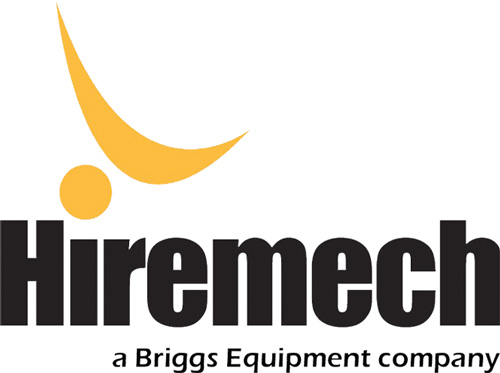The Rise of The Hydrogen Powered Forklift
The materials handling industry has a long history of struggling with achieving high levels of productivity due to long periods of charging. The development of hydrogen fuel cell technology has led to an increase in organisations using the new forklifts to improve their performance.
Hydrogen fuel cell development
Although hydrogen fuel cells are being used in forklifts today, the actual technology is still in its early stages. At the moment, the fuel cells are used in narrow aisle, electric and motorised hand lift trucks.
How do the fuel cells work?
The fuel cell is comprised of a number of components, including power electronics, hybrid power system, hydrogen storage, fuel cell stack sub-system, fuel cell engine components and a thermal management section. The cells have had a metallic construction since 1993 with a patented open flow architecture to ensure low cost and high durability.
When were fuel cells developed?
The first fuel cells were used in 1993 and quickly brought increased durability and efficiency to the machines they were used in. They were designed for use in many areas of industry across a variety of demanding uses.
Conversion of existing machines
Modern fuel cells have been carefully engineered to fit into a variety of existing machines to help save businesses money. They have been successfully fitted into a myriad of electric forklifts around the world and helped businesses increase their production hours and reduce ongoing operating costs. The fuel cells do not need recharging like traditional battery-powered forklifts, reducing the levels of downtime needed regularly throughout the day.
How is hydrogen supplied?
There are a number of companies around the world generating hydrogen and providing fuel delivery to even the most remote locations. The hydrogen is stored in high pressured storage cylinders and delivery includes the dispensing and telemetry.
Environmental benefits
Not only do the fuel cells provide excellent operational benefits, they also help reduce a business’s carbon footprint. Hydrogen power is very efficient and results in zero emissions of harmful greenhouse gases. This also means businesses no longer need to worry about the safety and costs involved with the storage and handling of toxic materials. At the moment, the main environmental impact is down to the transportation and manufacture of the hydrogen itself. Over the next few years, it is expected that considerable investment into the infrastructure of hydrogen supply will reduce the environmental impact.
Costs of hydrogen forklifts
At the moment, hydrogen forklifts are only used by very large companies such as Amazon, which can afford to invest in the technology. However, as it becomes more widespread, the cost is starting to come down. Although there is an initial outlay, many businesses find that the lower costs of operation provide benefits further down the line. They also require less space than traditional forklifts which need large areas to recharge.
We expect the hydrogen fuel cell technology to become increasingly more widespread around the world over the next decade. If you would like more information about developments in the industry, please contact us.

 020 8880 3322
020 8880 3322